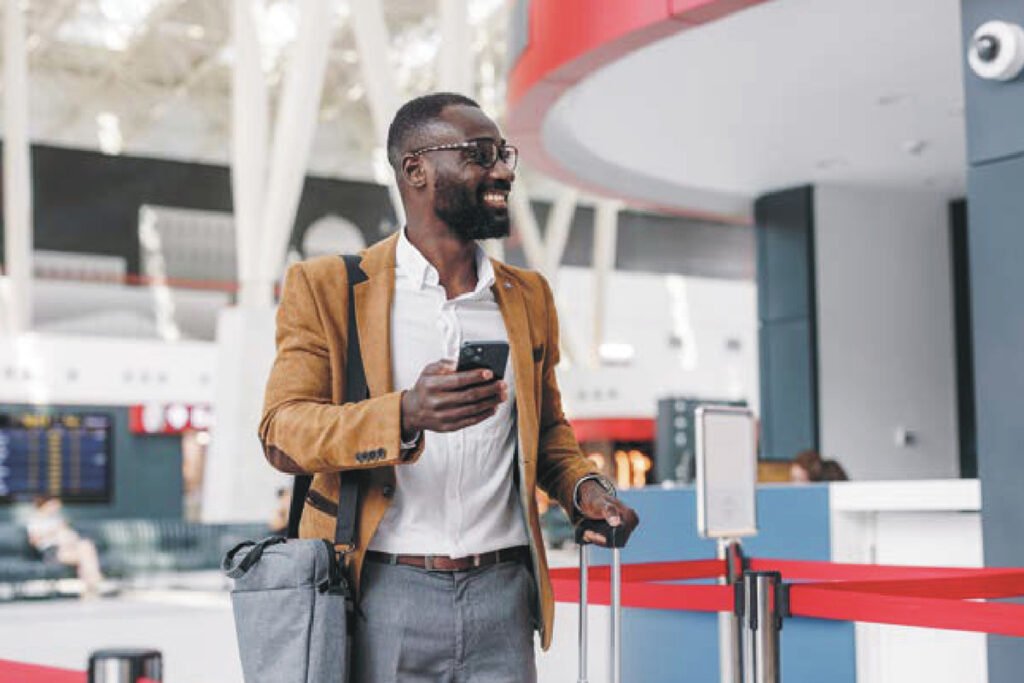Modernising border administration may enhance the worldwide financial system by US$401 billion and generate 14 million new jobs throughout G20, European Union, and African Union nations by 2035, based on a brand new report by the World Journey & Tourism Council (WTTC), in partnership with air transport expertise firm SITA.
The report titled ‘Higher Borders’ outlines how adopting digital applied sciences and implementing smarter visa insurance policies may remodel borders into key nationwide property to boost safety, improve tourism and enhance financial competitiveness.
With world journey and tourism anticipated to contribute US$16.5 trillion to GDP and account for 12.5 per cent of the world’s workforce by 2035, WTTC and SITA stated that border modernisation has grow to be a strategic necessity for governments.
Digital tech to remodel border journey
The report proposes six guiding rules and 18 really helpful actions to make worldwide journey extra environment friendly and safe. Among the many key suggestions are full digitalisation of visas and journey authorisations, the mixing of digital identities and using biometric methods to speed up border processing.
It additionally requires better collaboration between tourism, safety and finance ministries, the introduction of pre-clearance methods to scale back congestion and stronger digital communication channels with travellers to boost belief and the general journey expertise.
“Know-how now permits us to attain what was as soon as thought inconceivable: stronger borders and smoother journey,” stated Gloria Guevara, Interim CEO of WTTC.
“By embracing digital identities, biometrics, and superior information methods, nations could make journeys sooner and safer on the similar time. The options are already right here. Governments that take motion immediately will see clear advantages tomorrow, from safer borders and better traveller confidence to elevated customer numbers and financial progress.”
Pedro Alves, Senior Vice President for Border Administration at SITA, stated: “Borders immediately should be dynamic, built-in, and seamless. Meaning adapting in actual time to world occasions, connecting companies round a shared view of the traveller, and delivering the seamless expertise folks anticipate. On the coronary heart of this transformation is information.
Particularly, the flexibility to belief the id information that drives each determination. When governments can depend on high-quality information, they will transfer sooner, act earlier, and focus sources higher. That’s not simply good for nationwide safety. It’s important for tourism, commerce, and the traveller expertise.”
The Higher Borders report highlights a number of world examples of how digital transformation has already improved journey effectivity and border management.
Within the US, Customs and Border Safety (CBP) makes use of biometric facial comparability expertise to course of travellers at 238 airports, together with 14 CBP pre-clearance areas and 57 worldwide departure websites.
The UAE has launched synthetic intelligence instruments that considerably cut back visa processing instances, with some approvals now accomplished inside hours.
In Australia, SmartGate expertise utilizing facial recognition has diminished border clearance instances, with 79 per cent of arrivals eligible to make use of SmartGates by mid-2025.
In accordance with the report, 75 per cent of travellers choose biometric processes over guide procedures and 85 per cent are keen to share their information upfront if it ends in a sooner and smoother expertise.

